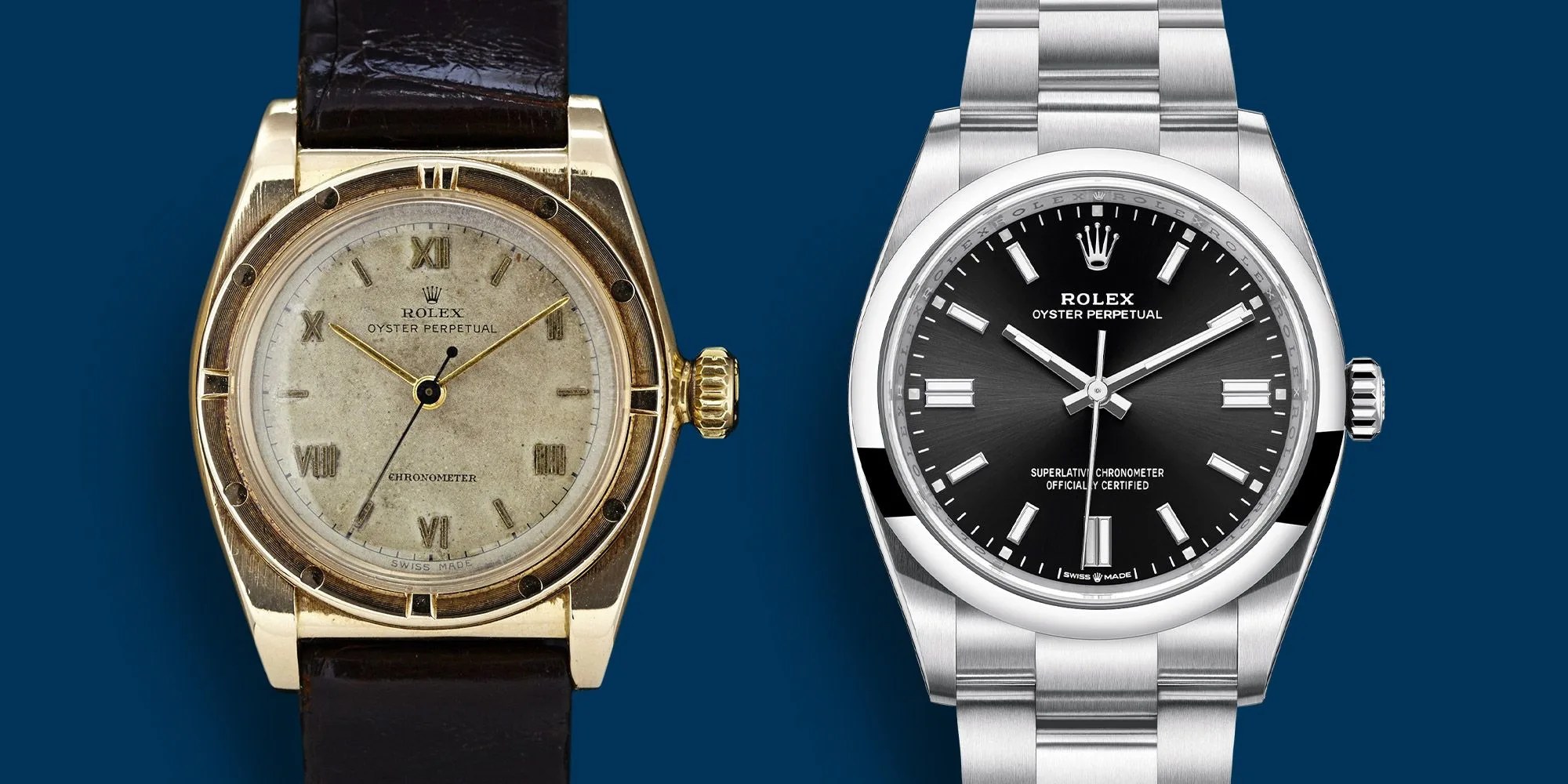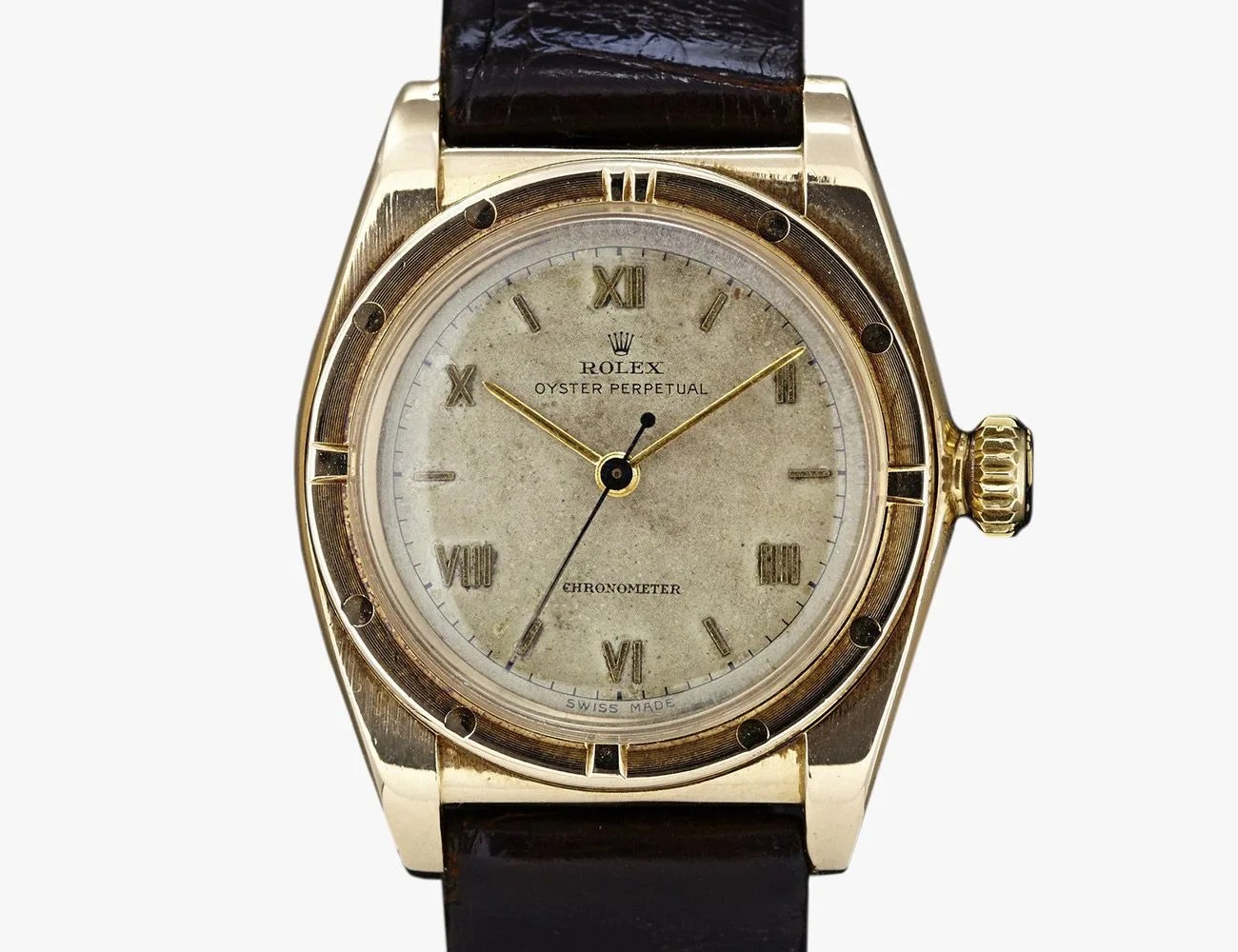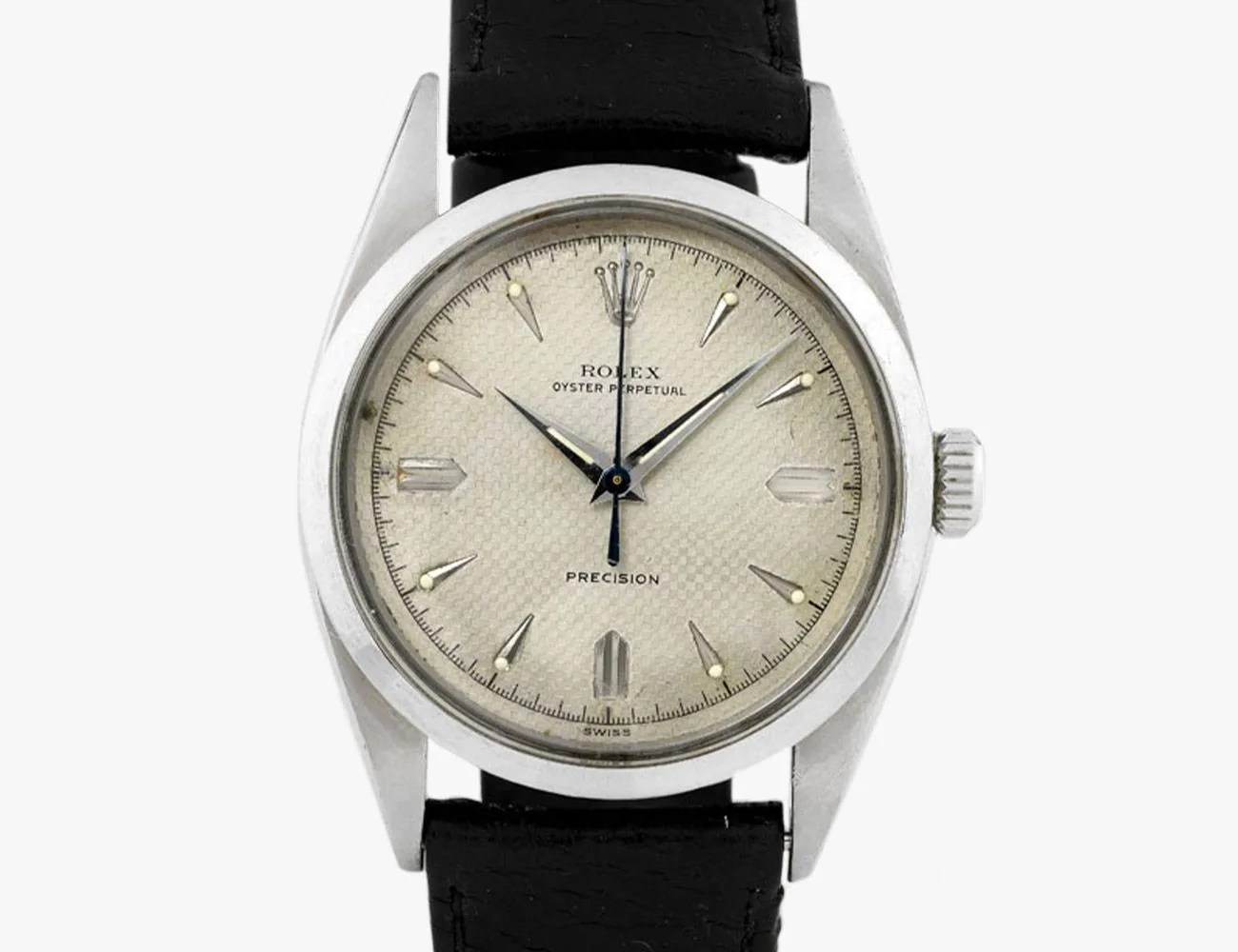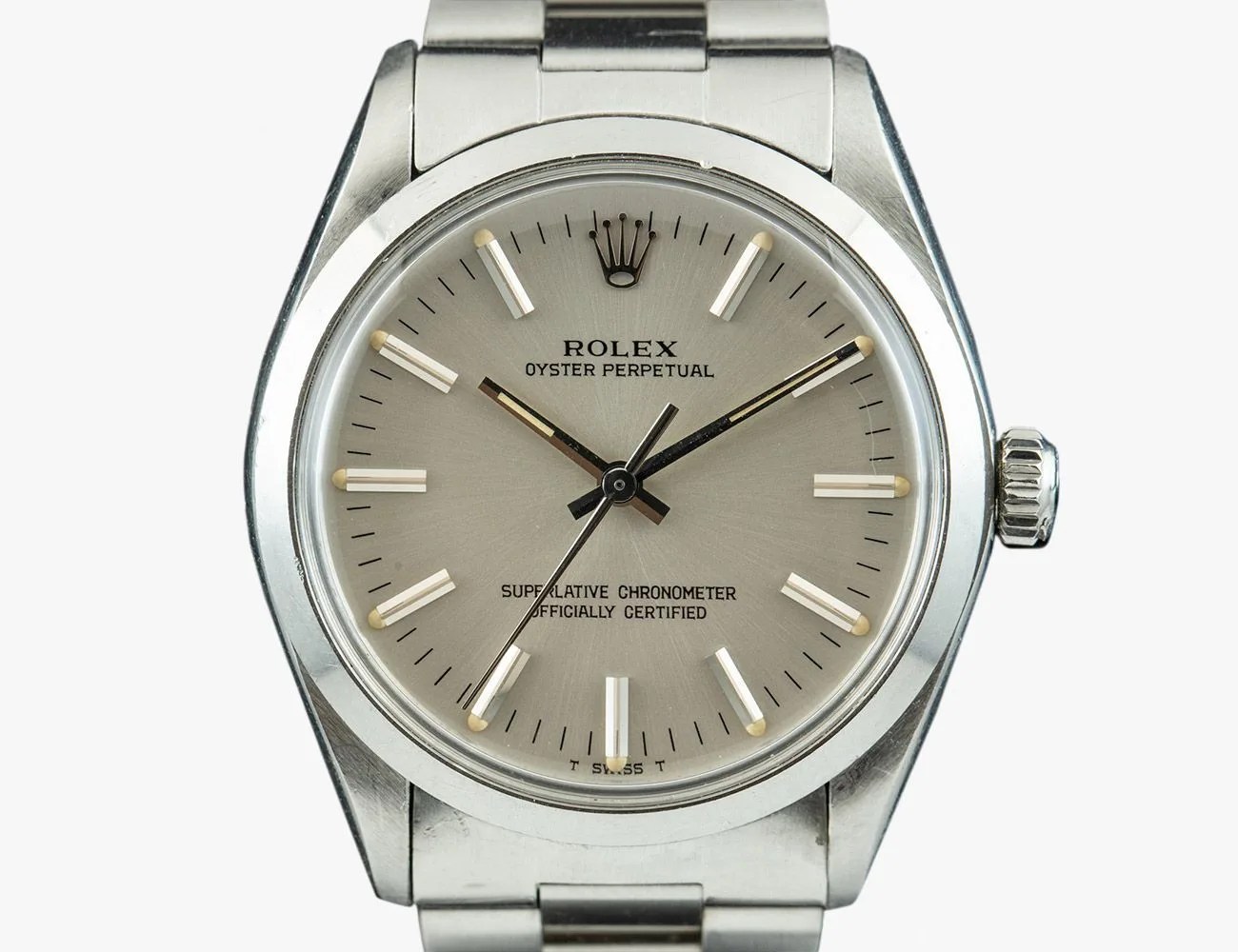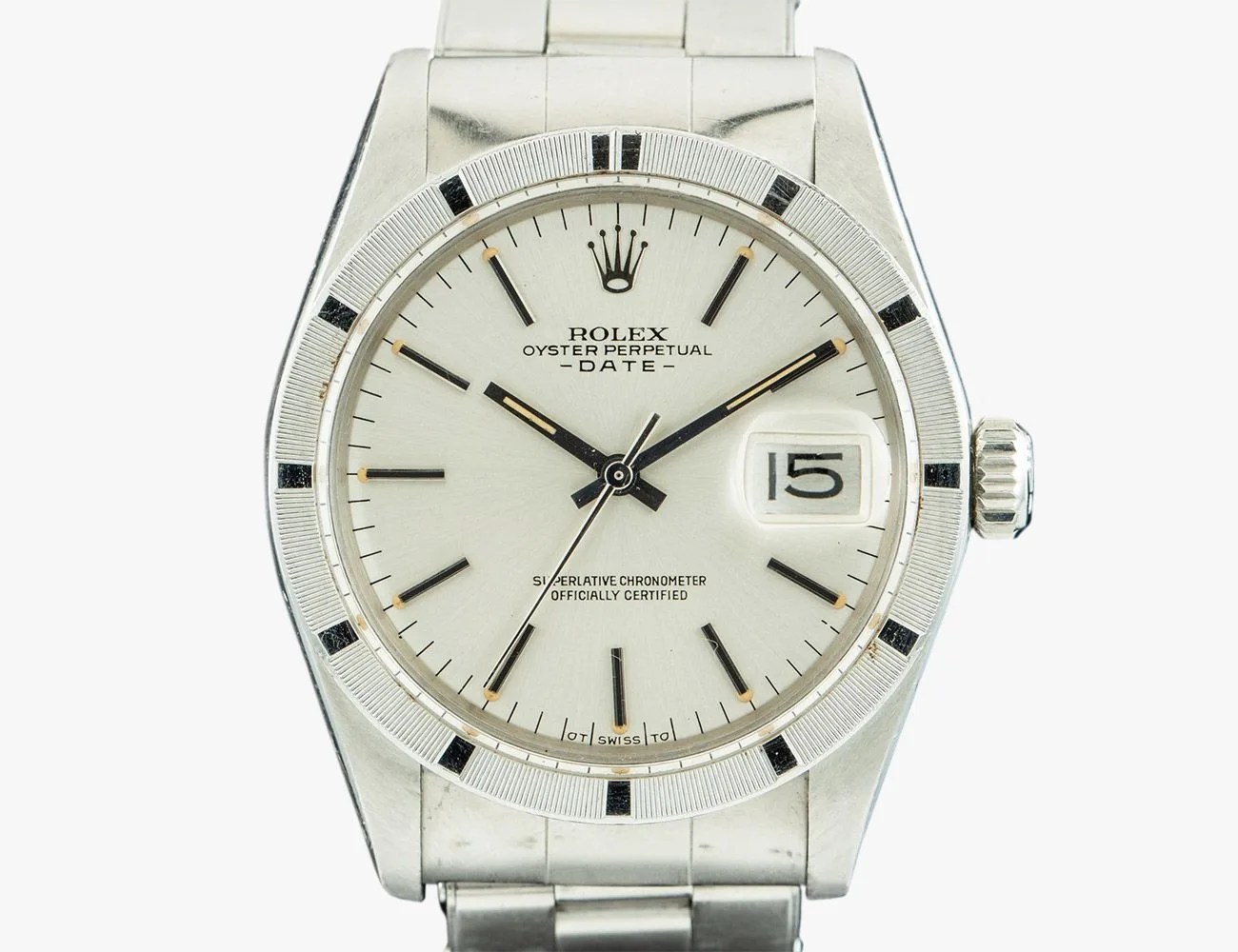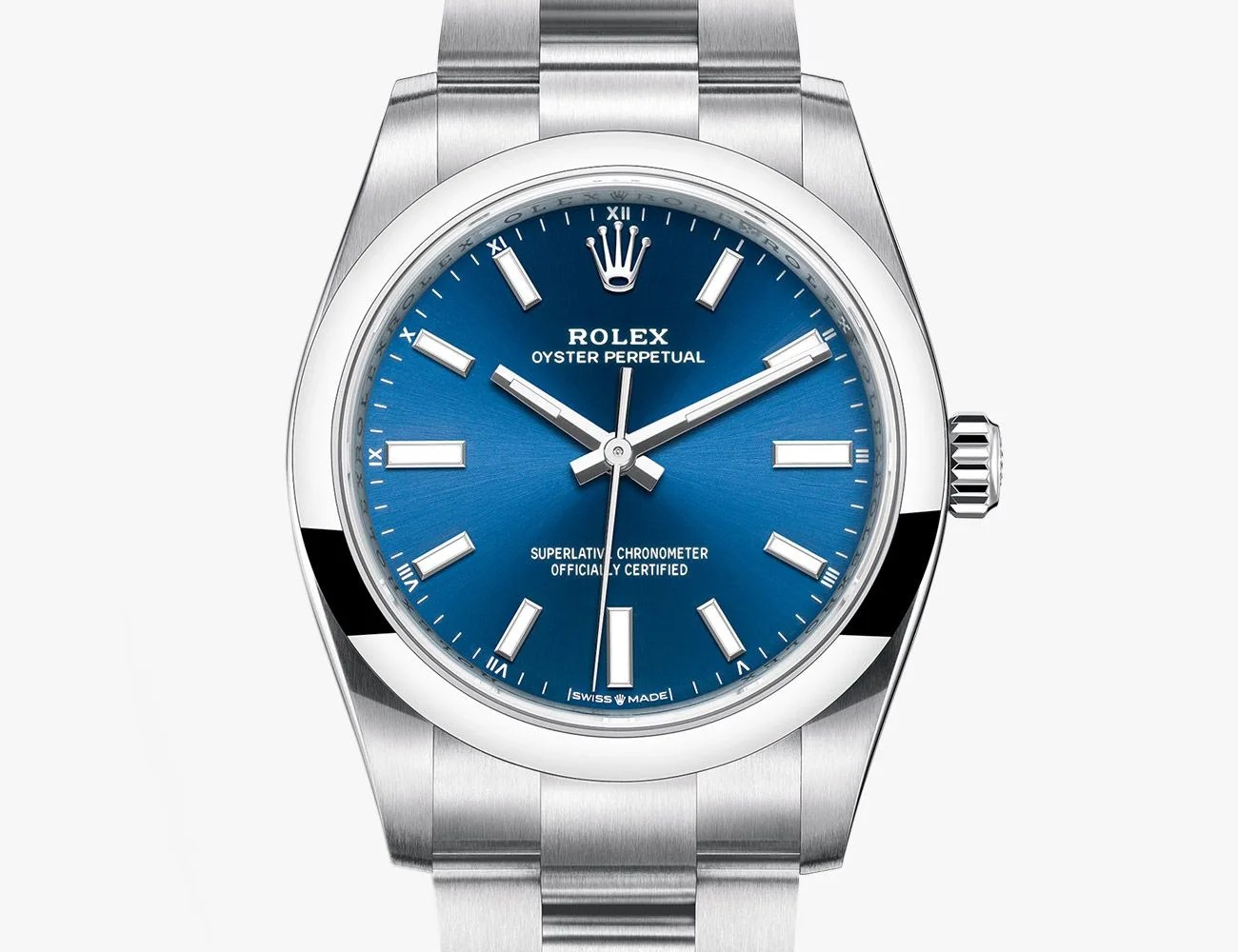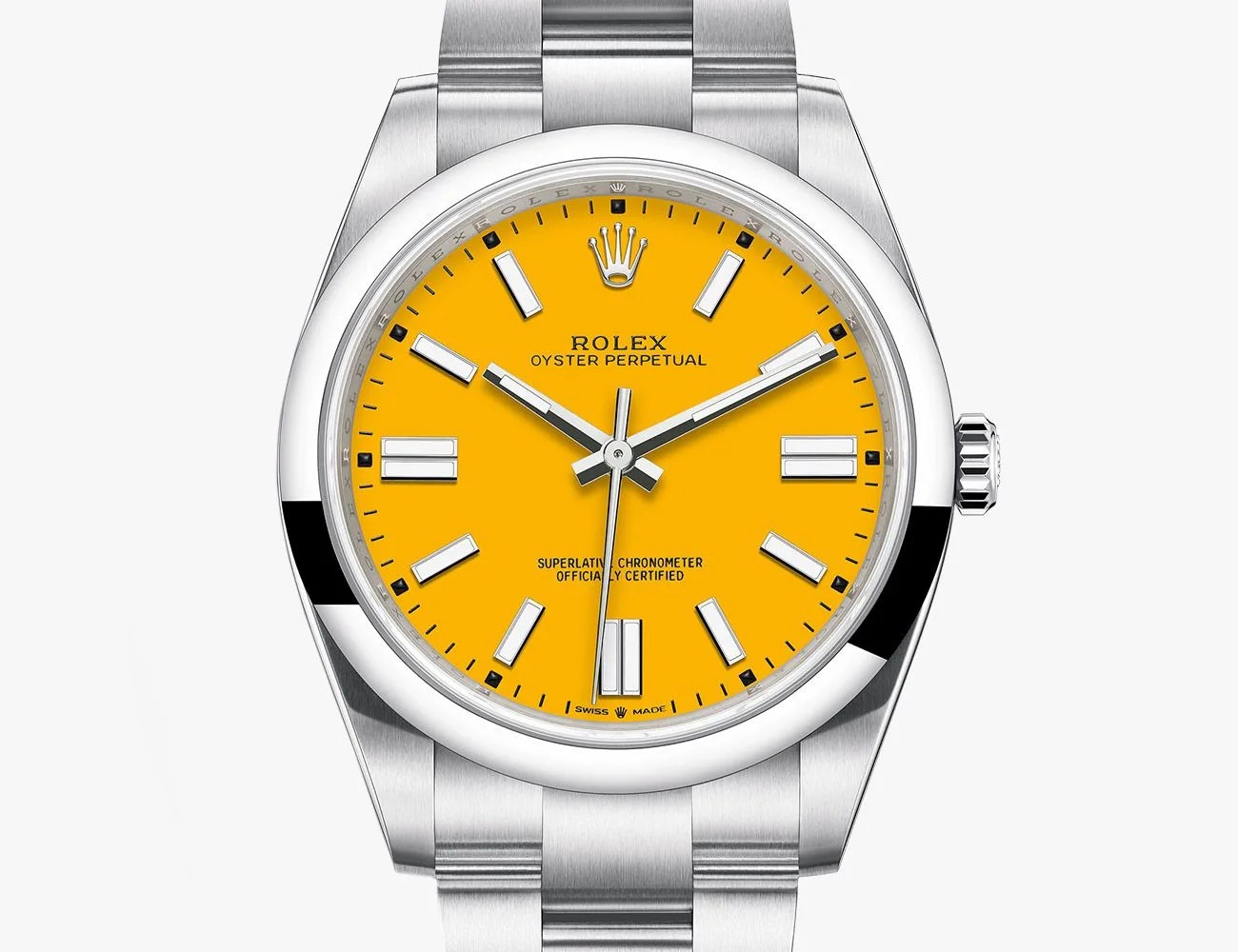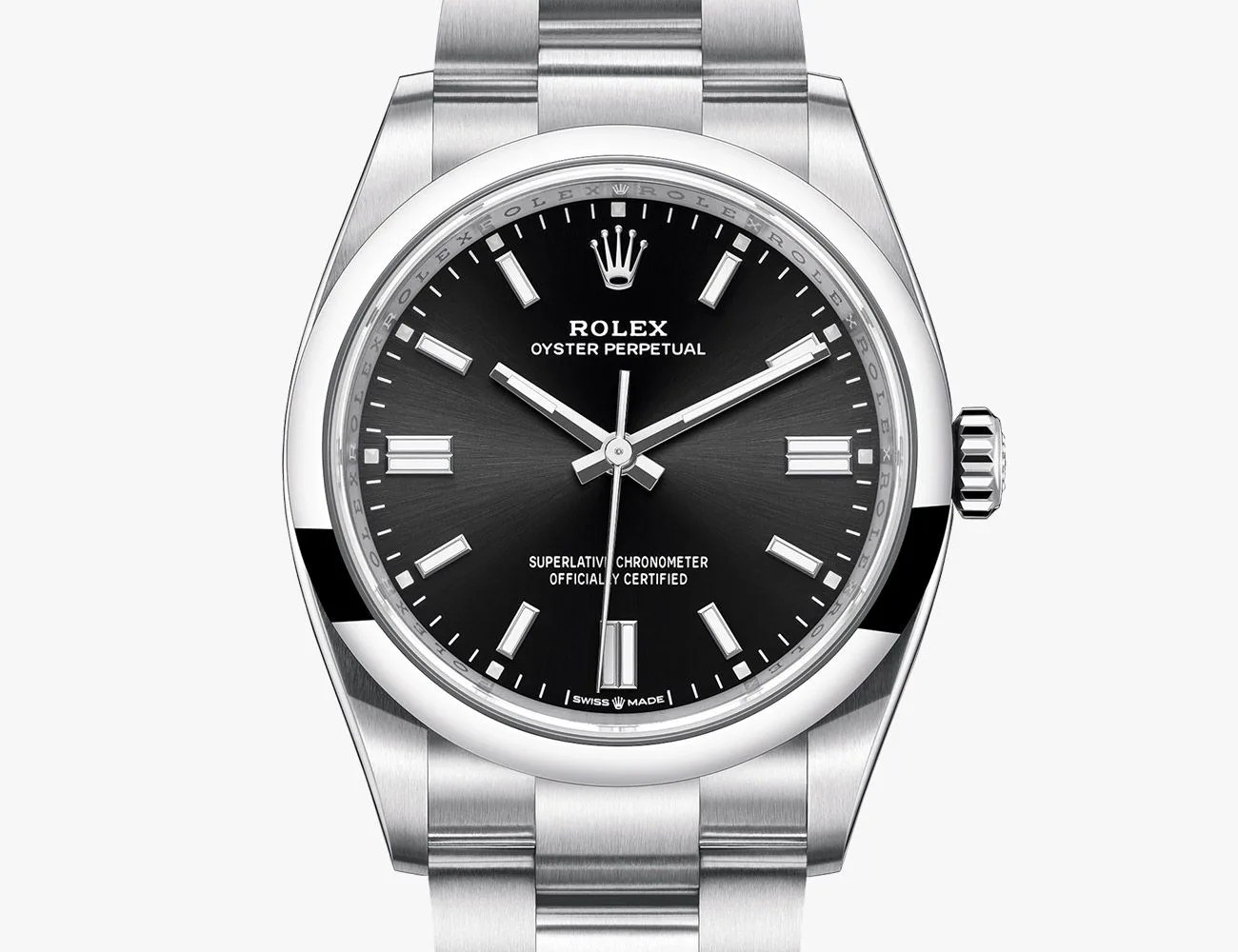Welcome to Brand Breakdown, a series of comprehensive yet easy-to-digest guides to your favorite companies, with insights and information you won’t find on the average About page
The distinction between tool and dress watches arguably began in 1926 when Rolex released the Oyster, the world’s first mass-produced and commercially marketed water-resistant wrist watch. With the Oyster, the public had for the first time access to timepieces that could go anywhere and do anything — though it was manually wound.
Despite a reduced winding interval on certain military watches with 8-day power reserves — read: once wound, these special mechanical watches kept time for over a week — leaky crown threads remained a concern in the trench wars of WWI, through the 1930s, and straight through WWII. In 1950, Rolex released the first water-resistant, automatic-winding wristwatch in which the winding rotor moved through 360 degrees, called the Oyster Perpetual. Combining water resistance and automatic winding meant that one almost never had to unscrew the watch’s threaded crown, which otherwise wore down and caused leaks.
The Oyster Perpetual served on many peacetime missions, including the first successful summiting of Mount Everest. To commemorate that British win, in 1953 Rolex rebranded a particular Oyster Perpetual variant as the Explorer, and for all intents and purposes even today’s Explorer, as well as the Air-King, can be reasonably thought of as special editions of the Oyster Perpetual.
Alas, the good old Oyster Perpetual is not as exciting or collectible as Rolex’s mission-specific tool watches like the Submariner, yet the “OP” without date — today’s only version — remains the essential time-only, do-anything, go-anywhere watch. It’s long been Rolex’s wolf in sheep’s clothing.
Below we’ll look at a number of key historical references, and then we’ll explore the entire modern catalog of Rolex Oyster Perpetuals for men. Unfortunately, we can’t cover ever single development or model in the OP’s history: Attempts to form a coherent taxonomy of these watches are overwhelmed by the chaos and poor record-keeping of Rolex’s high-output industrial practices during the 1950s through the 1970s. However, a good place to begin for a more thorough discussion of this time period is The Vintage Rolex Field Guide.
Before we begin, here’s some background on the OP’s construction:
